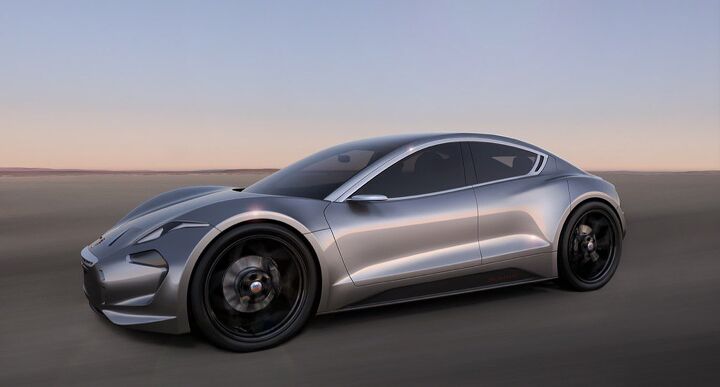#graphene
Fisker's EMotion: Realer Than Ever and Still Promising the Moon By 2019
Fisker, now called Fisker, Inc. after the company Henrik Fisker originally created fell into bankruptcy, is going after the luxury EV market for a second time. Don’t let past money troubles worry you too much, though. Even Henry Ford filed for bankruptcy twice before forming the company that build the Model T.
Instead, let your fears stem from the questionable build quality of the Fisker Karma, which faltered on the market in 2012. Because the new model, dubbed the EMotion, appears to be a rehash of the old formula with its ambitions set much higher. Offering self-driving abilities, an impressive electric range, an extravagant design, and some of the market’s most desirable infotainment functions, the EMotion is either a trumped-up prototype or the absolute pinnacle of electric luxury sedans.
Fisker EMotion: On Four Wings and a Battery Prayer
Auto executive and hypeman extraordinaire Henrik Fisker has trickled out details and images of his upcoming electric supercar, the EMotion, but the details simply raise more questions about the vehicle and its technological feasibility.
Eye-rolling name and marketing buzzwords aside, the CEO of the newly formed Fisker Inc. has laid bare the basic abilities of the vehicle, which is expected to debut next year. Boasting a predicted range of 400 miles, the EMotion’s long legs and claimed top speed of 161 miles per hour all depend on a cutting edge technology that some experts say is flawed — at least for use in electric cars.
Fisker, always the optimist, claims this isn’t a problem.
Are Graphene Micro-Supercapacitors An EV Gamechanger?
Energy density isn’t the only reason why battery-powered cars have never caught on. As was highlighted in Tesla’s somewhat less than successful media road trip, the amount of time it takes to fill batteries with electrons can be as significant a factor in the practicality of EVs as the amount of electrons those batteries can hold.


















Recent Comments